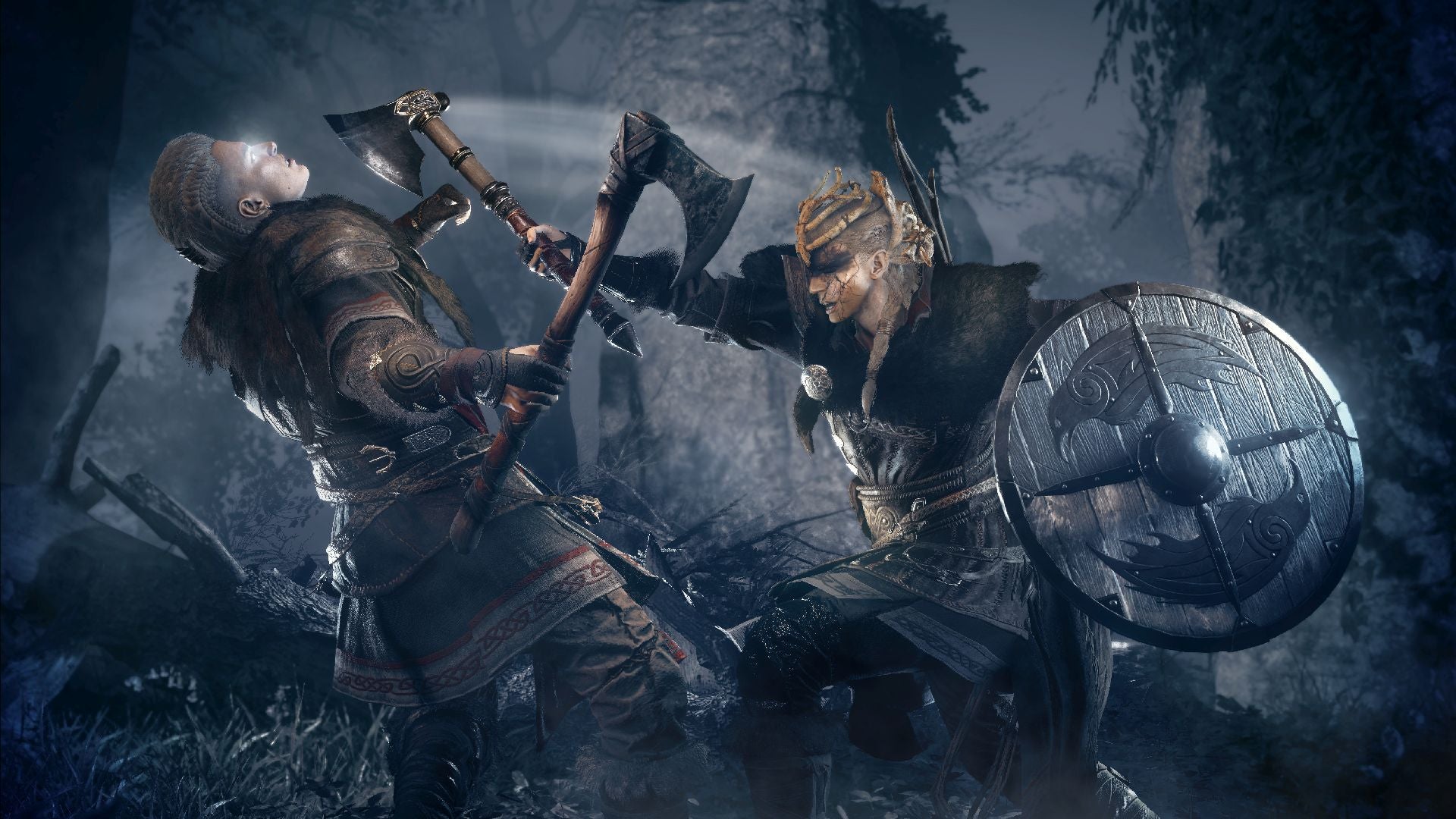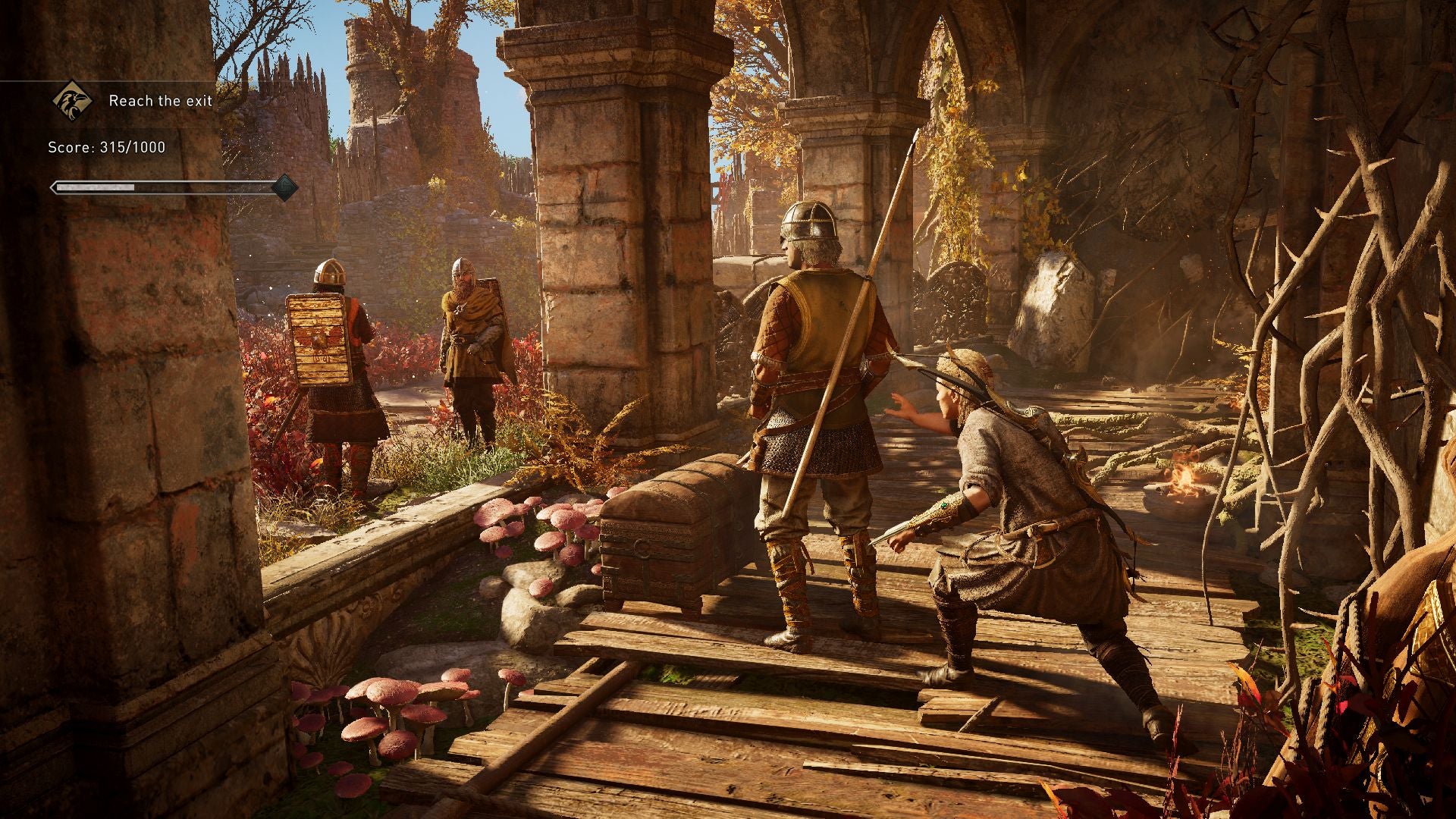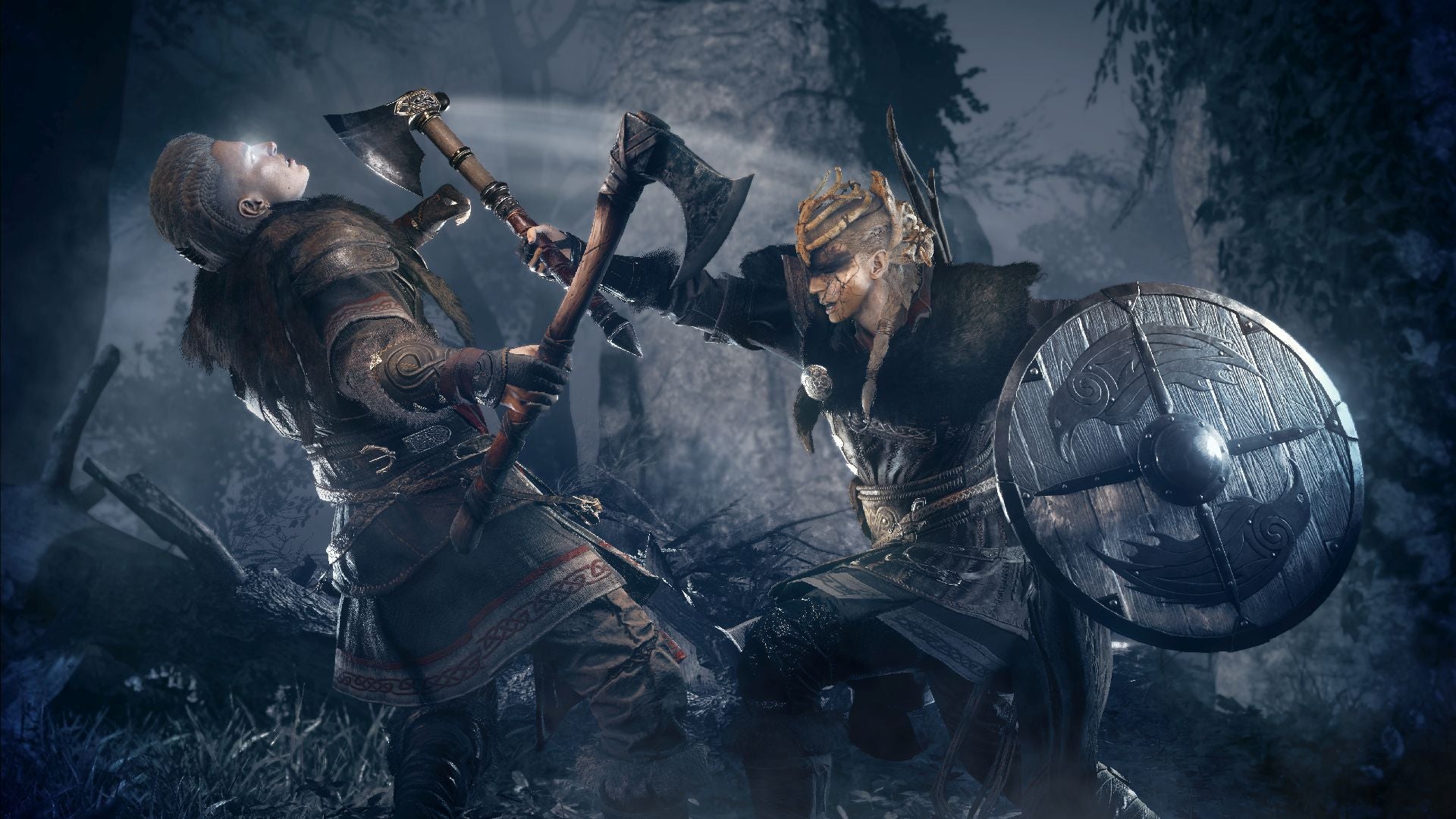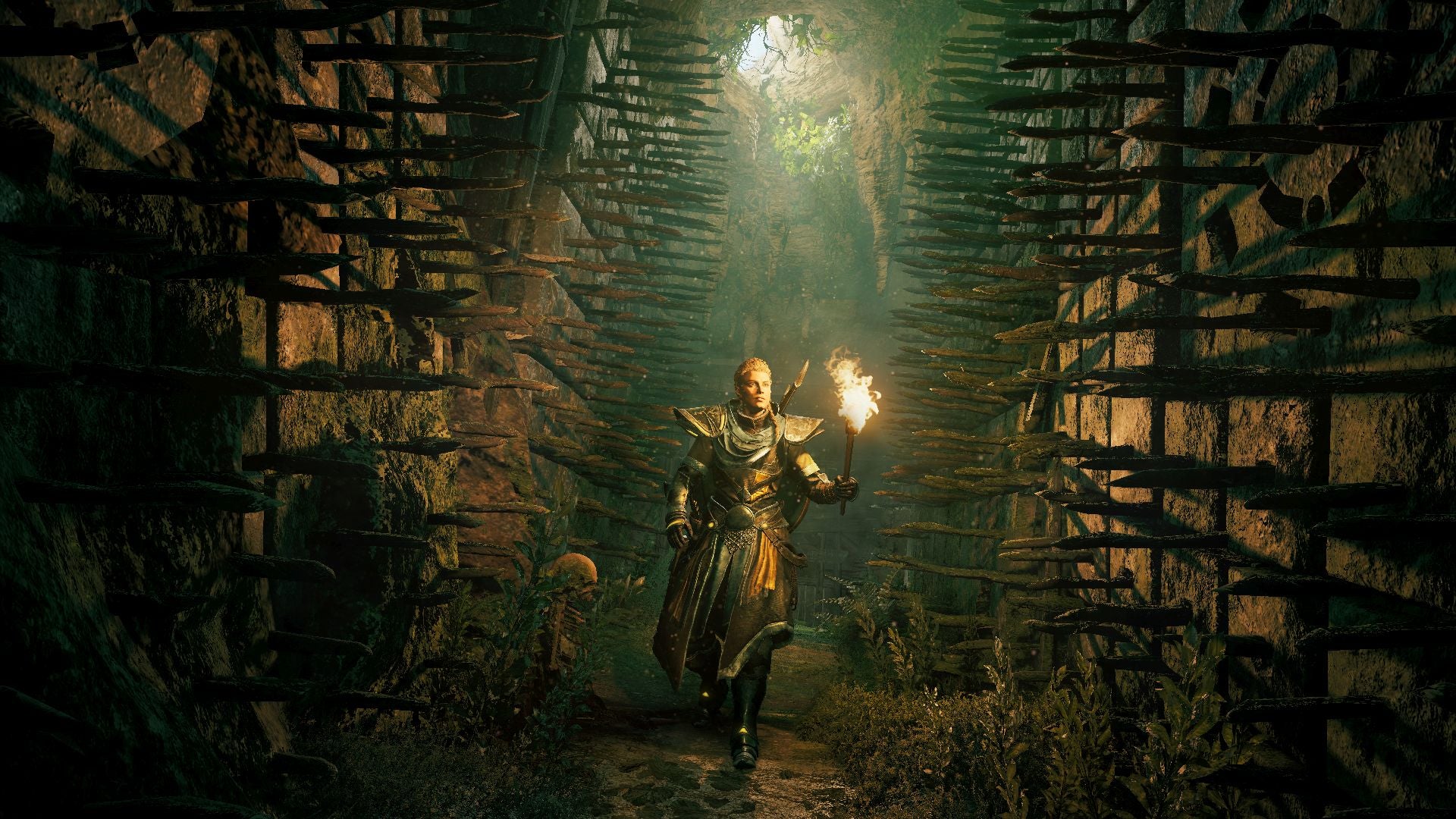Assassin's Creed Valhalla Review
There are plenty of games out in the wild featuring Vikings, or Viking culture, but none have embraced those tenets quite like Assassin’s Creed Valhalla. I say this because, while named “Assassin’s Creed Valhalla”, this is more or less a standalone Viking saga with peppered bits of the titular series thrown in for franchise consistency. Make no mistake, “The Hidden Ones” make an appearance, and our protagonist, Eivor, does learn the ways of the Guild, but at his or her heart, Vikingr blood runs true, and it’s in this embiggened redirection Valhalla sets itself not only apart from most other entries in the series, but also helps elevate it to a perch of near-perfection where this now long-running IP is concerned.
In short, Assassin’s Creed Valhalla is both the best Assassin’s Creed yet, and also the best Viking game, maybe ever.
Like Ancient Greek culture before it, the Viking pagan beliefs and lifestyle are effectively IRL videogame in makeup; they arm themselves, they raid to get better gear and loot for economical gain. They build, explore and conquer. They even had an early strategy dice game called Orlog that can be attributed to the creation of games of attrition, strategy and chance. Ostensibly RPG in nature, albeit limited to the number of die rolled, and what each die cast. The Vikings kept pets, they employed servants, and shared stories -- watercooler moments of an ice-age past where no tale was too big, too lost, too poetic, or too much.
Sagas, they’re called.
It’s why we know so little about viking culture and history. The Greeks, Egyptians and Romans kept meticulous written records. Their history remains because they intended it to be poured through by future generations. Their structures and conquests still exist today, but the vikings spoke only in verse and song, in words over the hearth, or upon long voyages within the longship. Nothing of their history is concrete beyond the physical we’ve found and how we’ve sewn a tapestry of their lives and cultures together through an archaeological lens. But it’s what also draws us to this culture; the nomadic lives of feuding clans and the machinations of each between whom to side, and whom to sack.
Assassin's Creed Valhalla
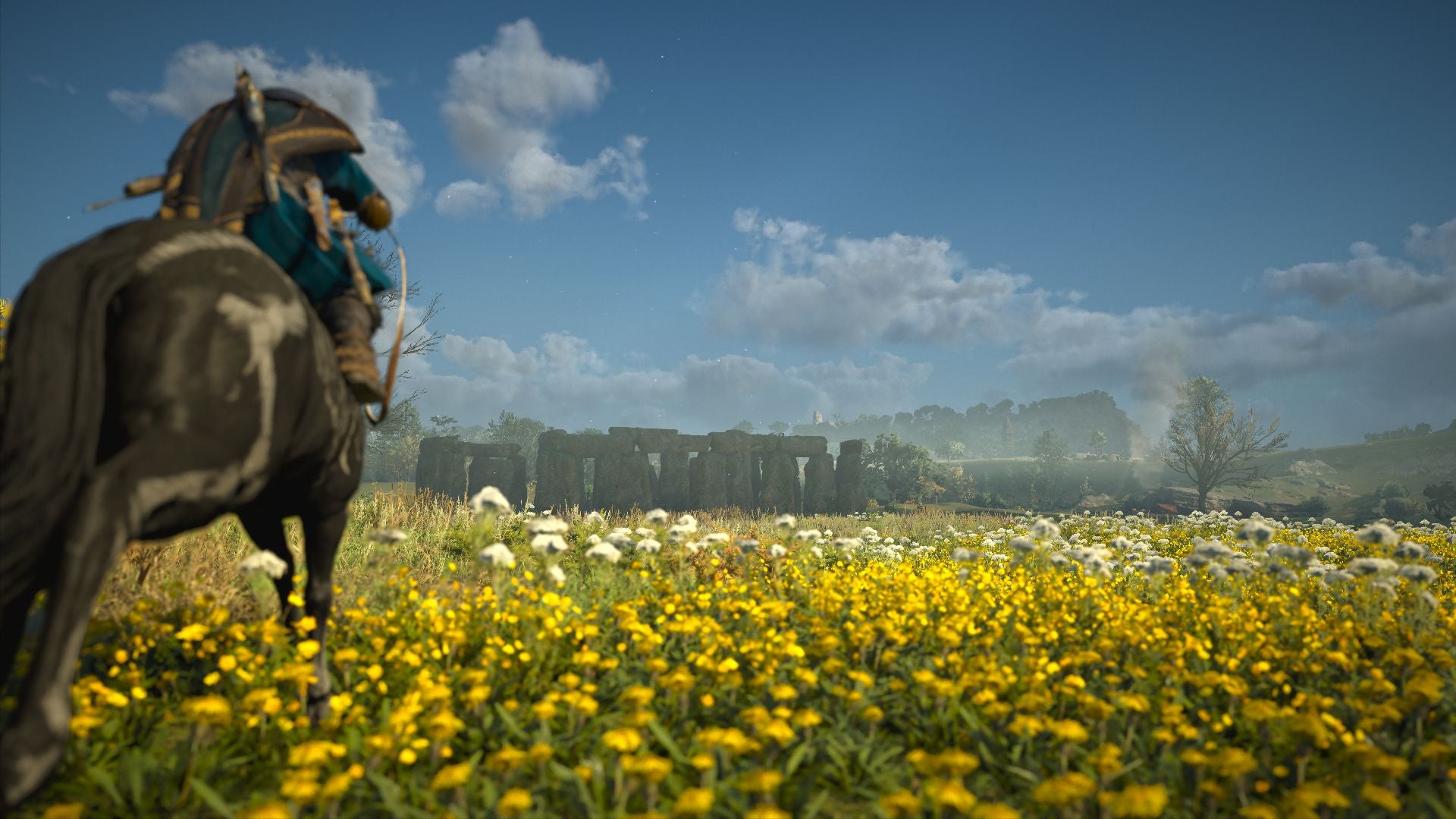
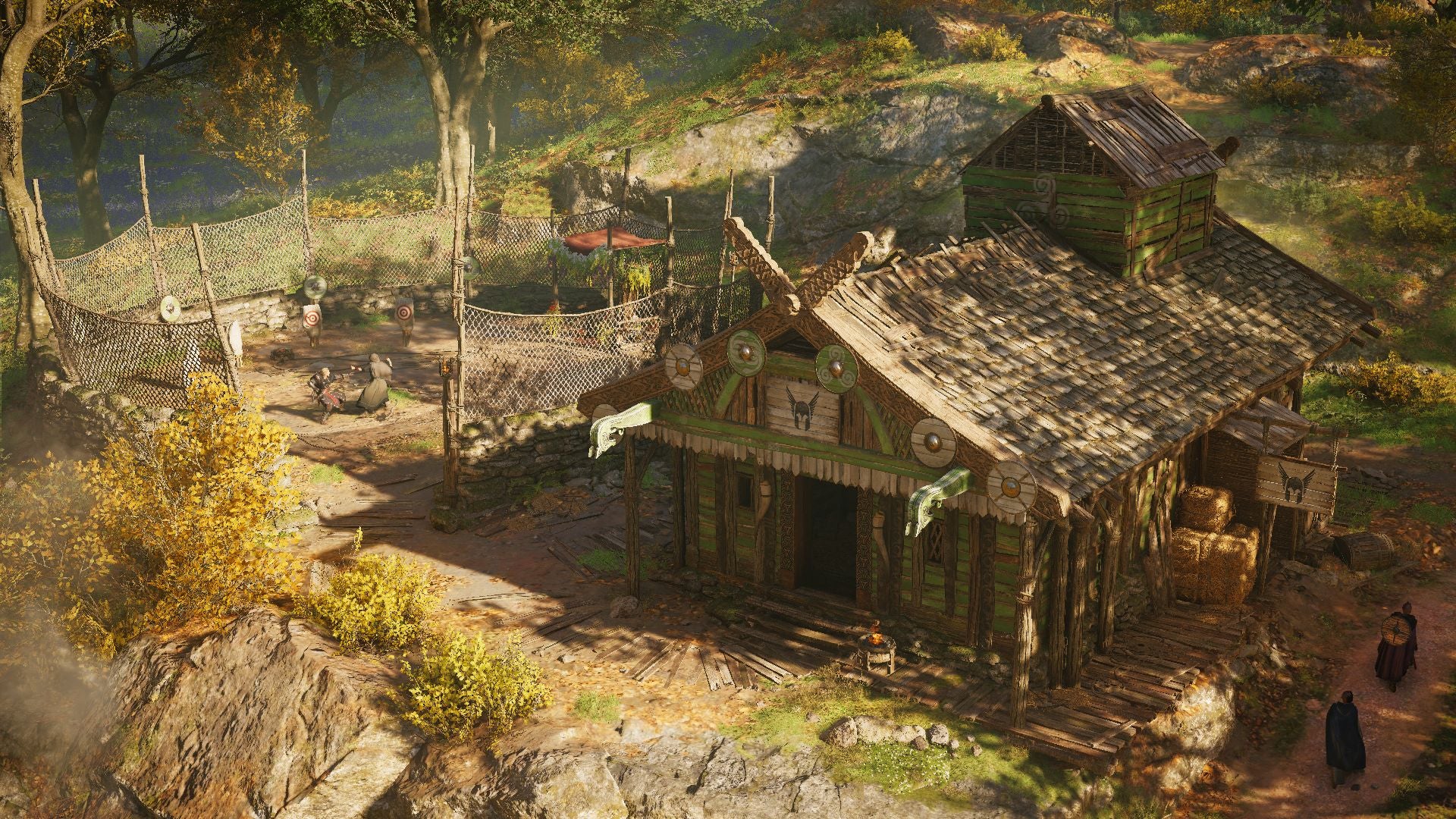
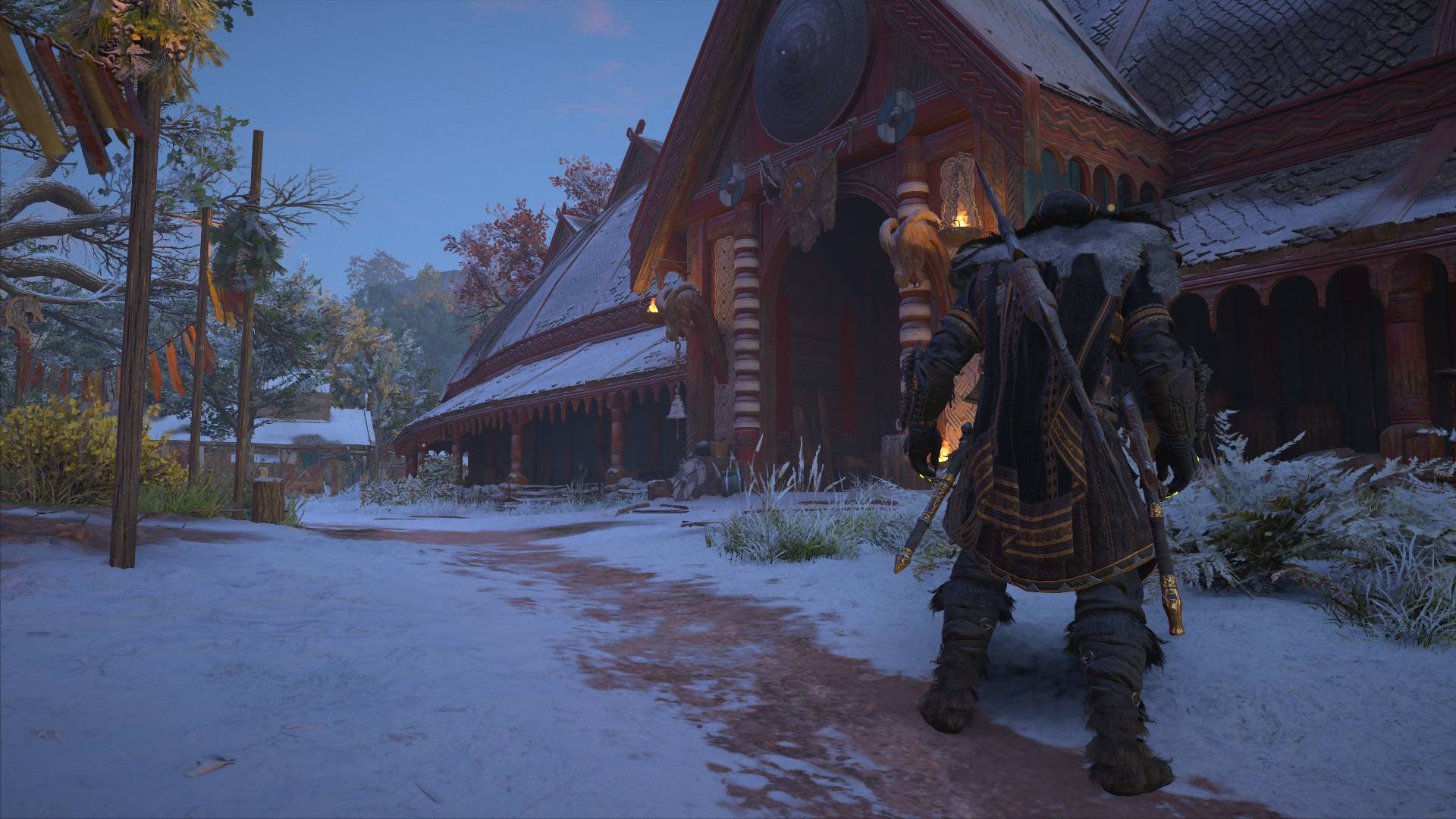

What’s Boss?
Not Boss Enough?
About the Author


